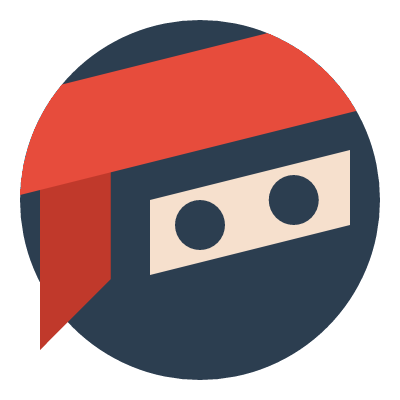
Introducing Flappy (Bird)!
By Jonathan Lam on 02/05/16
Tagged: the-homework-life the-homework-life-site
Previous post: Homework Reading Journals
Next post: The High School Life
I was asked by a friend recently if I was able to design a rendition of Mario. He had grand designs for some of the characters. Happy that I had just learned some about HTML5 <canvas>, I quickly obliged, ready to take on the challenge.

Unfortunately, within minutes I realize how little I knew about Mario. I decided to change it to something simpler. Flappy Bird, the minimalistic, pixelated, Nintendo-right-infringing iPhone game that caught the world by storm for a few days, came to mind. It was quickly taken down because Nintendo had claims to some similar design features. Anyhow, it was popular, I understand the basics, and the framework I had built for Mario so far (i.e., the floor and the background) didn't have to be scrapped.
Another inspiration of mine was Hunter Lightman, a coder a few years above me at my school. According to his blog, he challenged himself to build a version of Flappy Bird in 25 minutes! And he followed through with a game that is deployable on both Android and iOS. That's truly amazing. I don't have the necessary tools to develop for mobile systems, but I thought the idea of designing it with Canvas would be simple enough. It's not a fully-featured app-designer, and it is meant mainly for simple graphics and animations. According to Wikipedia:
The canvas element is part of HTML5 and allows for dynamic, scriptable rendering of 2D shapes and bitmap images. It is a low level, procedural model that updates a bitmap and does not have a built-in scene graph.
As you can see, it is often meant for quick scripting, on the fly. There are many other, more popular game-building platforms, such as Adobe Flash. But because it is one of the few (perhaps only?) scriptable-graphics platforms I know, I decided to go along with it.
Here is the finished product. Along with the basic features of Flappy Bird (namely a "flappy bird" and simple Nintendo-ish pipes to avoid), I added a few extras for fun and for practice. The clouds were done similar to the pipes, a constant stream of randomly-generated figures (that are also randomly spaced). I created hit regions for the buttons (which is not too simple with Canvas because it "does not provide information about any drawn objects"). And I reinforced my knowledge of the basic animations and shapes. Like Hunter Lightman, I probably spent the most time tweaking play-ability factors such as gravity and sizes of objects, but there was also a considerable amount of time spent debugging because of my unfamiliarity. All in all, it took from yesterday morning to tonight, with about three hours coding and a little bit more time thinking. It's just over 500 lines of code. Luckily, I didn't have to focus on too many optimizations, because it is so simple; however, it was still more difficult than I originally had predicted. Overall, however, it was a fun little project and a great first attempt at a real video game.
Happy flapping with Flappy!
